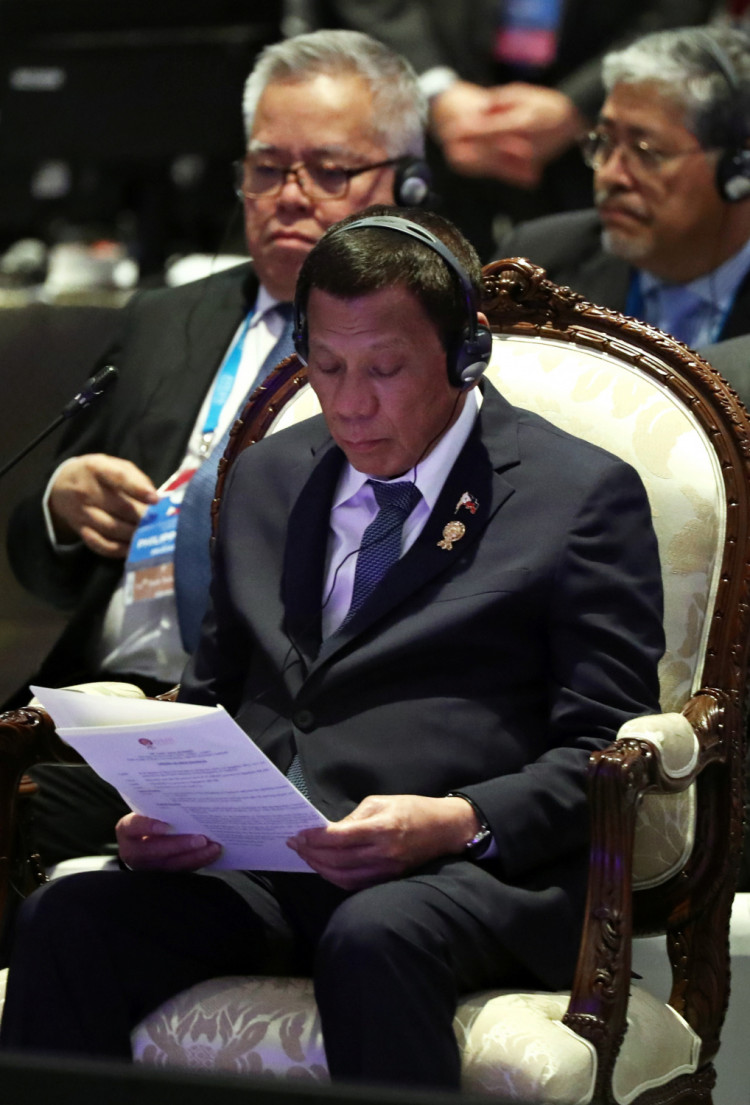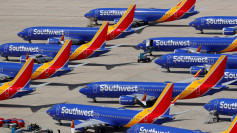Corporate workers and business owners alike called on the government to take more significant steps in resolving Manila's traffic crisis that continues to cost commuters more than what they can afford.
According to local newspaper the Manila Bulletin, workers in the corporate sector have been pleading with the government to take action on increasing commuting costs due to heavy traffic in the metropolis.
To date, analysts estimated that commuting in Metro Manila costs ₱250 or approximately 34 Chinese yuan ($4.92) per person on a daily basis. The said amount is equivalent to 40 percent of the metropolis' minimum wage of ₱600 or 83.05 Chinese yuan.
The Management Association of the Philippines (MAP) submitted recommendations to the Metropolitan Manila Development Authority (MMDA) with a full report on its estimate costs of traffic congestion in the the area this year.
Based on the MAP's findings, it is estimated that daily traffic congestion in Metro Manila costs around ₱3.4 billion or approximately 470.5 Chinese yuan. The said amount involves expenses under the following aspects: vehicle operations, fuel, time value lost due to delays in reaching a particular location, as well as pollution.
The MAP further argued that if transport costs are to be slashed down to around 25 percent from the existing 40 percent in estimated lost costs, there is a good chance rice prices in the country will be reduced from ₱35 to ₱14 per kilogram.
Calls on government action have been rising over the past months, with workers in the corporate sector expressing dismay over the crisis that is starting to affect the living standards of regular Filipino workers.
The MAP's estimates and recommendations came after the MMDA announced that it is accepting suggestions from the public on how the government the unit can better implement policies that should help ease Metro Manila's traffic crisis.
For MAP, the MMDA should find a way to only allow commuter vehicles on roads in the metro at the right time to ensure that loading and unloading of passengers in designated stops around the area will not cause further congestion.
The MAP also suggested an additional lane for public utility vehicles (PUVs) along the Epifanio de los Santos (EDSA) circumferential highway to allow for faster transport of commuting business workers, especially during peak hours.
The Philippine Daily Inquirer reported that in the MAP's study of the metro's traffic crisis, workers in the business industry expressed increasing difficulties over waking up too early in the morning and arriving late in their respective work stations due to road congestion.
Experts said Metro Manila will most likely experience higher traffic congestion during the holidays as more people travel to and from the metropolis. The MMDA has yet to respond to MAP's recommendations.






